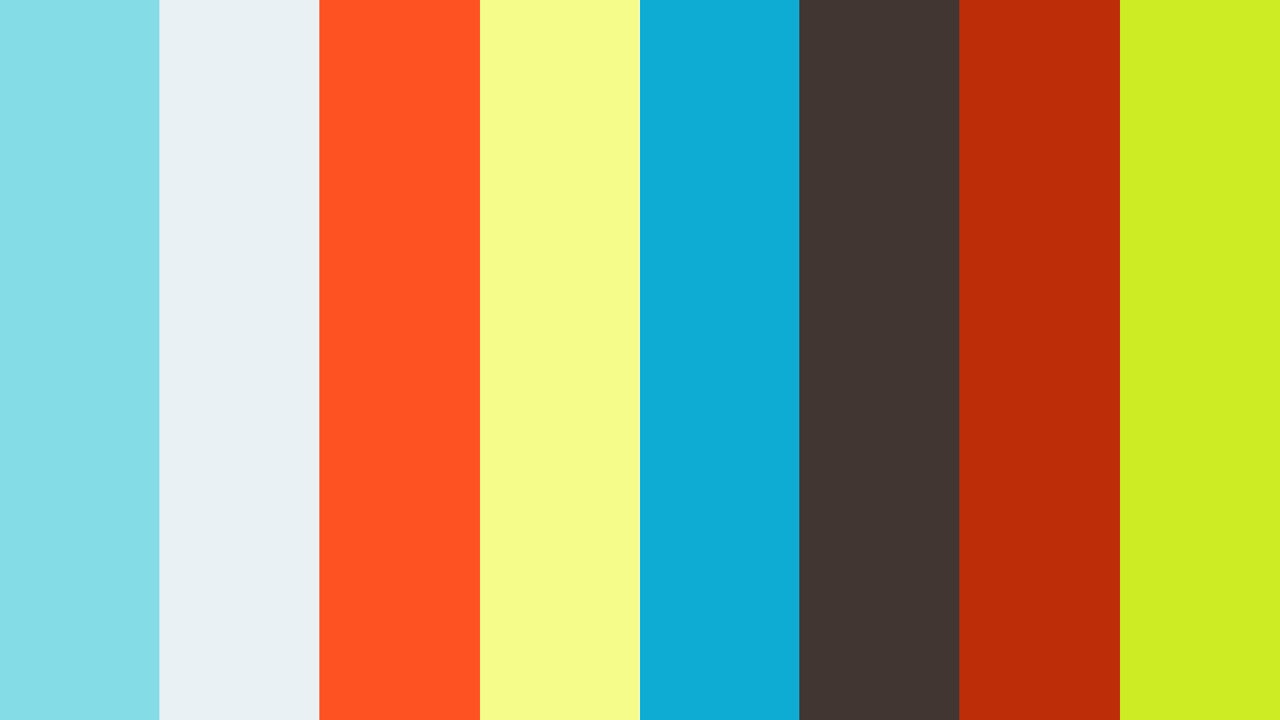//Erin Fuller
//SectionA
//efuller@andrew.cmu.edu
//Project 07 - Curves
function setup() {
createCanvas(480, 480);
}
function draw() {
background(10);
var a = map(mouseX, 0, width, 0, 200);
var b = map(mouseY, 0, height, 0, 200);
var r = map(mouseX, 0, width, 0, 255);
var g = map(mouseY, 0, width, 0, 255);
//var v = createVector( width / 2, height / 2);
beginShape();
for(var i = 0; i < 300; i ++) {
noFill();
stroke(r, g, -r);
push();
var t = map(i, 0, 200, 0, 360);
var n = ceil(map(mouseX, 0, width, 3, 6));
//http://mathworld.wolfram.com/Astroid.html
x = (2 * a * cos(t)) + (b * cos(n * t));
y = (2 * a * sin(t)) - (b * sin(n * t));
vertex(x + width / 2, y + height / 2);
pop();
}
endShape();
}
I started this using the curve “Astroid” from Wolfram. The curve did not turn out how I thought it would but it looked better than I thought. In a very unscientific way, I messed around with different variables until I found something that looked nice.
![[OLD FALL 2018] 15-104 • Introduction to Computing for Creative Practice](../../../../wp-content/uploads/2020/08/stop-banner.png)





